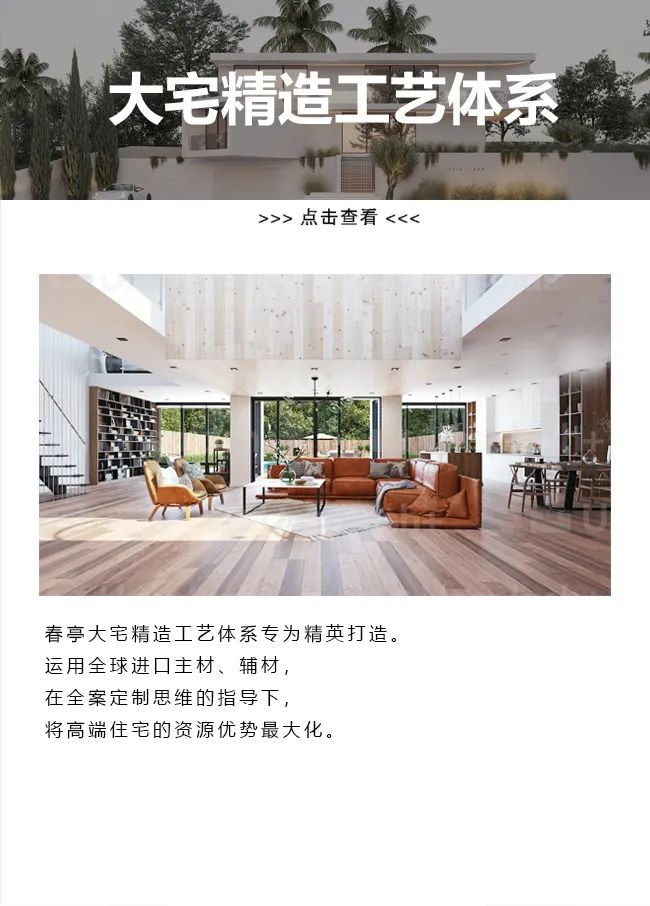Chuntin has been engaged in private home construction in Shanghai for 23 years. Although he started to come into contact with smart homes early on, the demand has seen an explosive growth in the past two years, indicating the completeness and variety of smart home systems.
In fact, the design of smart homes is more about systematic coordination and planning.
Based on the smart home cases that Chuntin has worked on in the past two years, a complete smart home system must achieve the following points:
-
Functional Requirement Design
-
System Planning and Integration
-
Scalability and Customization
There are many clients now looking for systematic smart homes, but one must not follow blindly. The preliminary planning must be well prepared; otherwise, if the installation is completed and the client is not satisfied, it will be very troublesome.
Simply put, when creating a smart home, two points must be considered:
1. Current Needs, 2. Future Customization.

There are many classifications of smart homes, here are some commonly used:
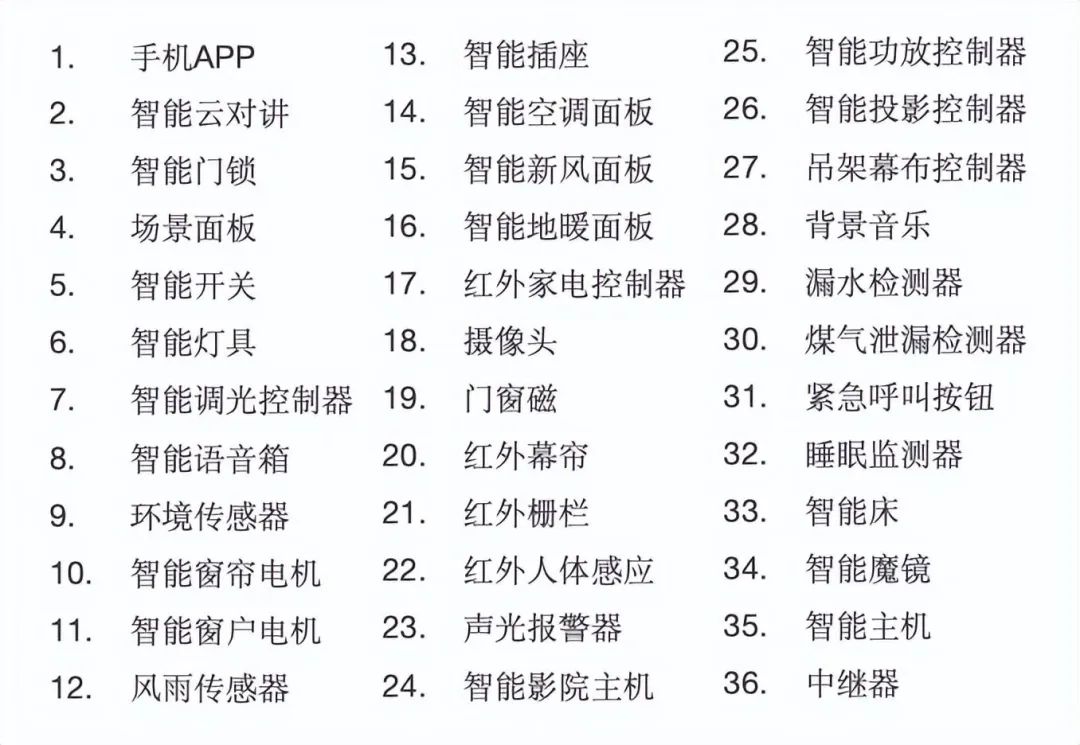
There are also 15 different system classifications for various scenarios, including:

Functional Requirement Design
It is indeed not realistic to install all these smart systems, so you need to be clear about what your functional requirements for smart homes are:
First, you need to clarify what functions you actually want, just like ordering takeout; you must first know your taste preferences before placing an order.
Smart technology exists to satisfy some small joys in our daily lives. For example, when you open your eyes in the morning, the curtains automatically open, sunlight floods the room, and the coffee machine starts brewing coffee; in the evening, a smart scene setting that can automatically dim the lights and close the curtains can enhance your movie-watching experience…

In addition, smart homes can also cater to the special needs of family members:
For example, if you have elderly parents at home, you might consider installing a medical monitoring device so you can keep track of their health dynamics at any time… Conversely, if you have children, installing smart monitoring devices in their rooms will allow you to ensure their safety while you work.
If your main concern is safety, then prioritize installing advanced security monitoring systems.
You don’t need to install all smart home devices; just choose what you need!
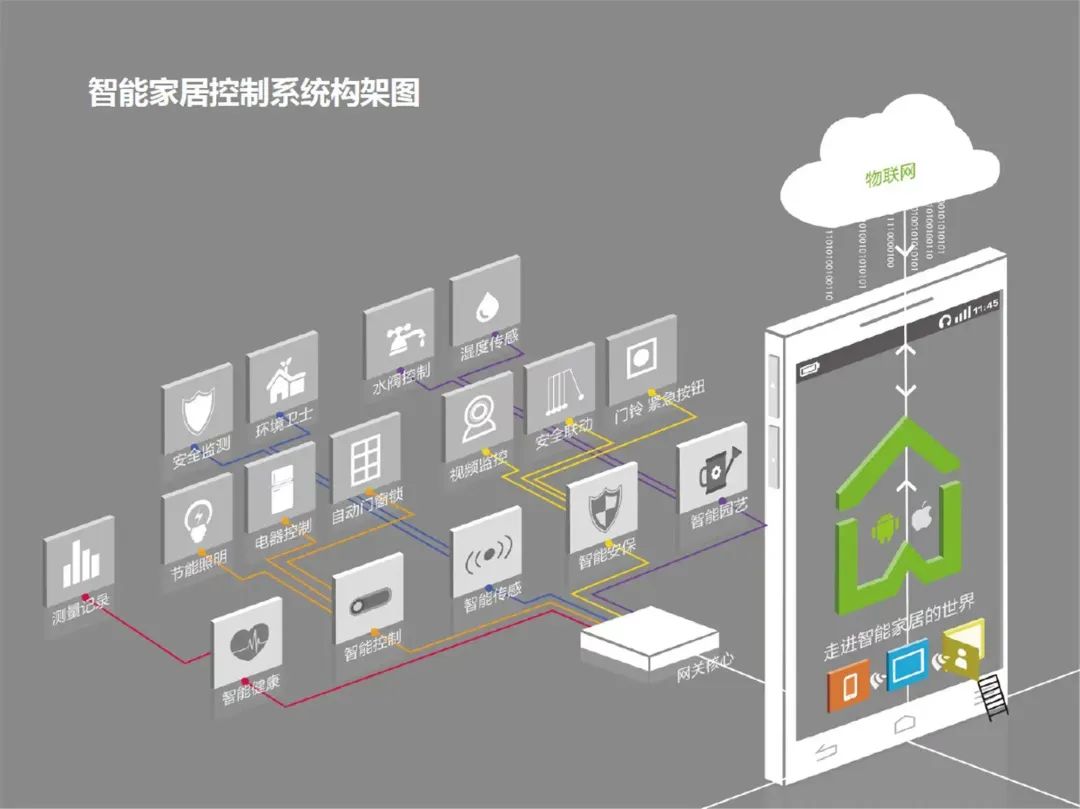

System Planning and Integration
-
Why are today’s smart homes so comprehensive? There is a reason:
The whole-house smart home system is centered around the Internet of Things; if the products are incomplete, the value is very low. For example, in away mode: if windows cannot be controlled uniformly, and you have to go to each room to close them, the value is very low.
From our experience in renovating villas, the owners of villas are mainly high-income elite classes who prefer to install comprehensive systems and have the financial capability to do so; they are unwilling to choose vendors with only a few subsystems; even if the initial purchase is incomplete, they require the ability to expand at any time.
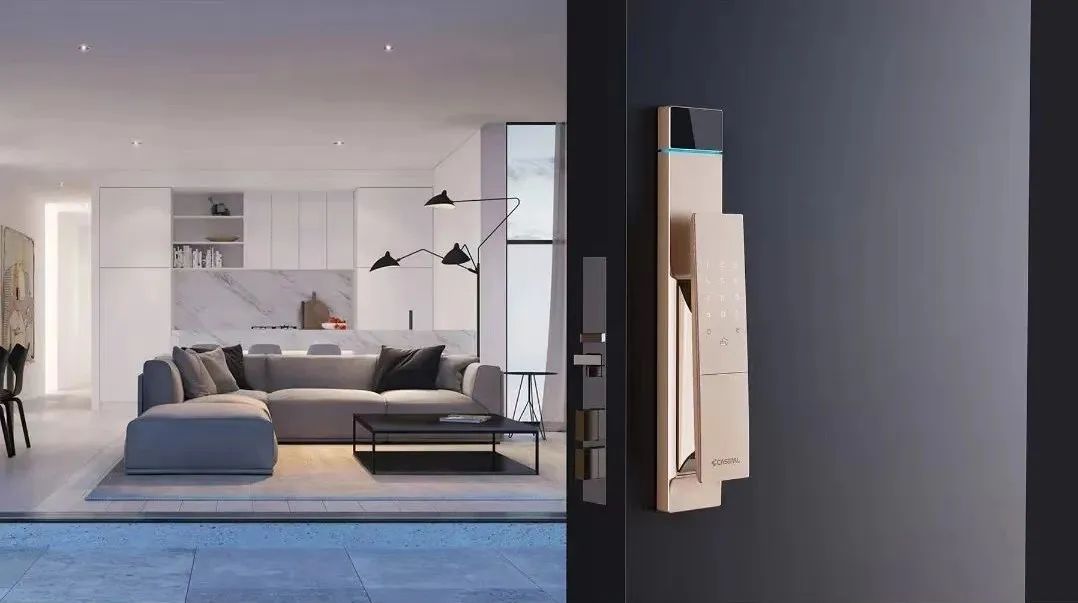
Therefore, the more complete the product line, the richer the smart experience.
With so many smart products at home, the planning of the system is particularly important. There are many third-party control systems available on the market, such as the more common Apple HomeKit and Google Nest, as well as high-end smart integration products like moorgen.

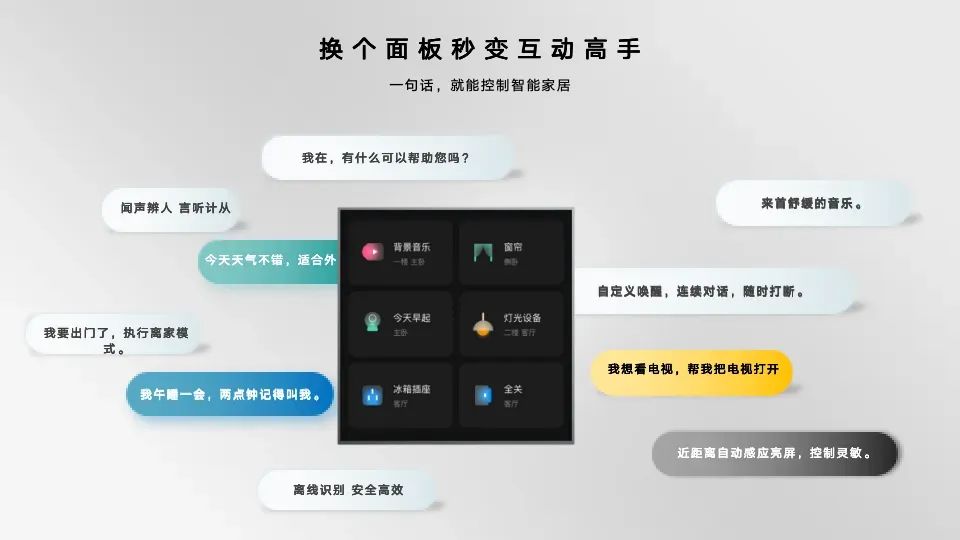
In addition to integrated panel control, smart homes can also be controlled via mobile phones and tablets:
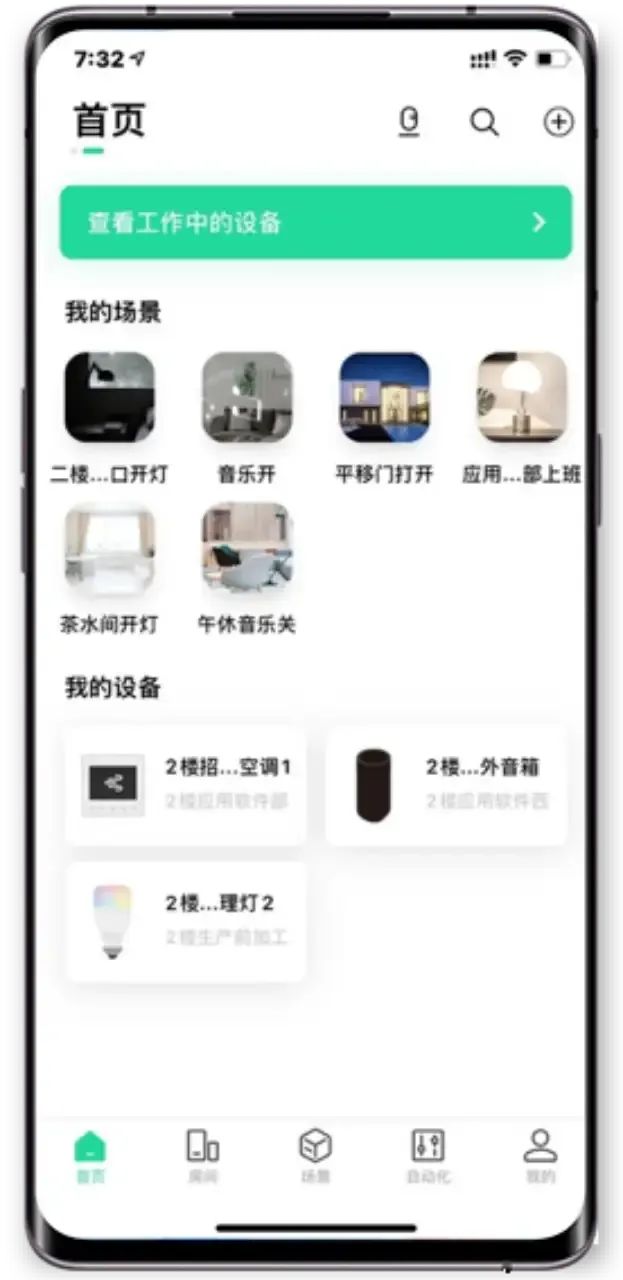
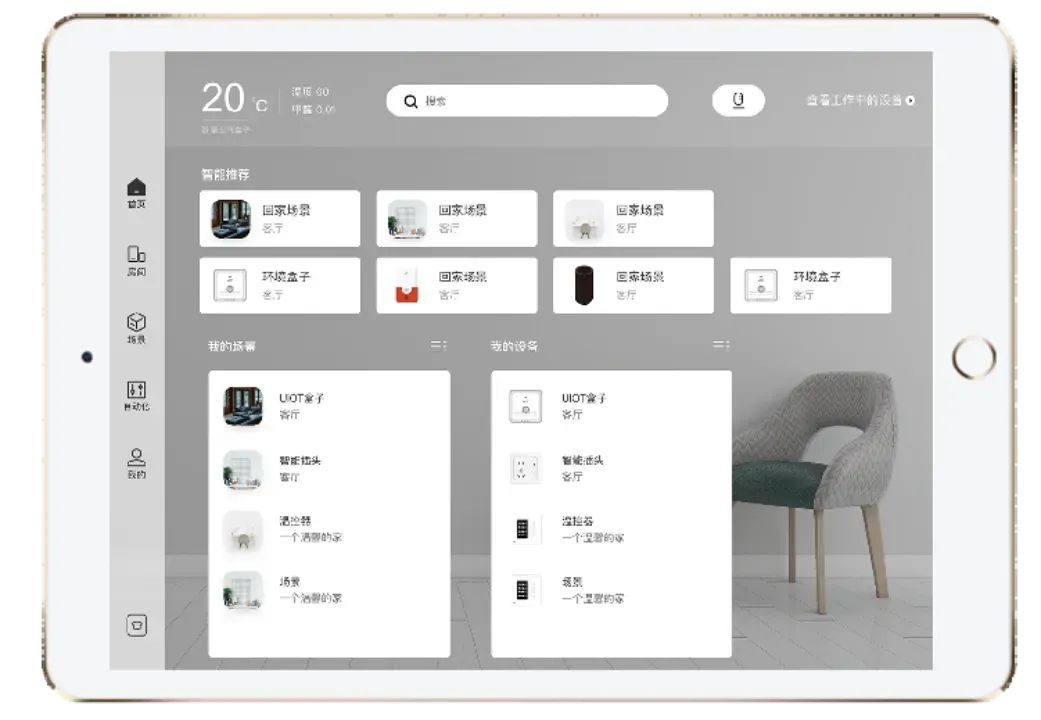
Scalability and Customization
Scalability is like your pet dog; over time, it can learn more and more skills without worrying about it becoming disobedient or outdated.
In other words, smart devices at home can learn: when new smart devices come on the market or you want to upgrade existing devices, you can always experience the latest features.
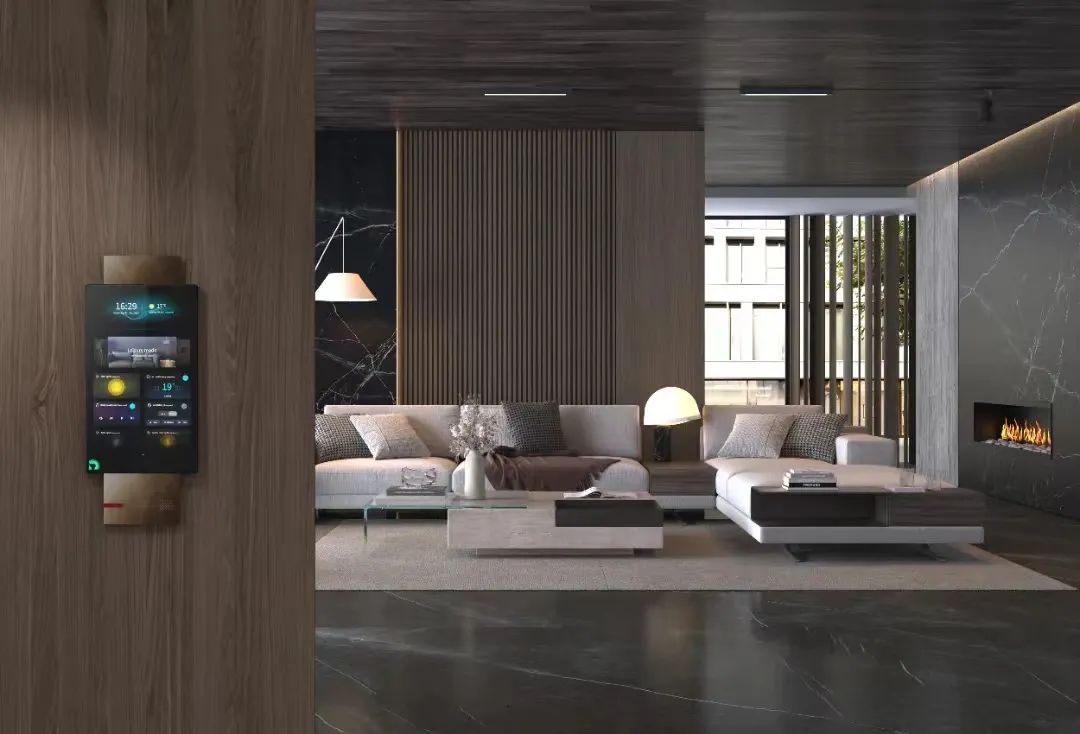
The customization of smart homes is very important! Some brands offer highly personalized services, such as moorgen, which can design specific scene modes for your home. For example, “Good Night Mode” can turn off all lights and curtains with one click before bed and activate the security system, turning your home into a safe fortress. Or, if you like to invite friends over for parties, you can create a “Party Mode” that automatically adjusts the lighting and music to instantly create a party atmosphere.
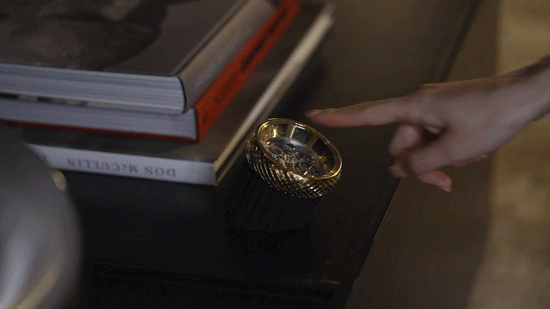
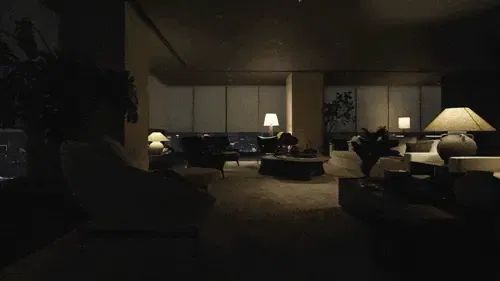
Technical aspects can be left to professionals; only by clearly understanding the different needs of families and lifestyles, and planning the overall design of the smart home system, can one build a complete smart home system.






